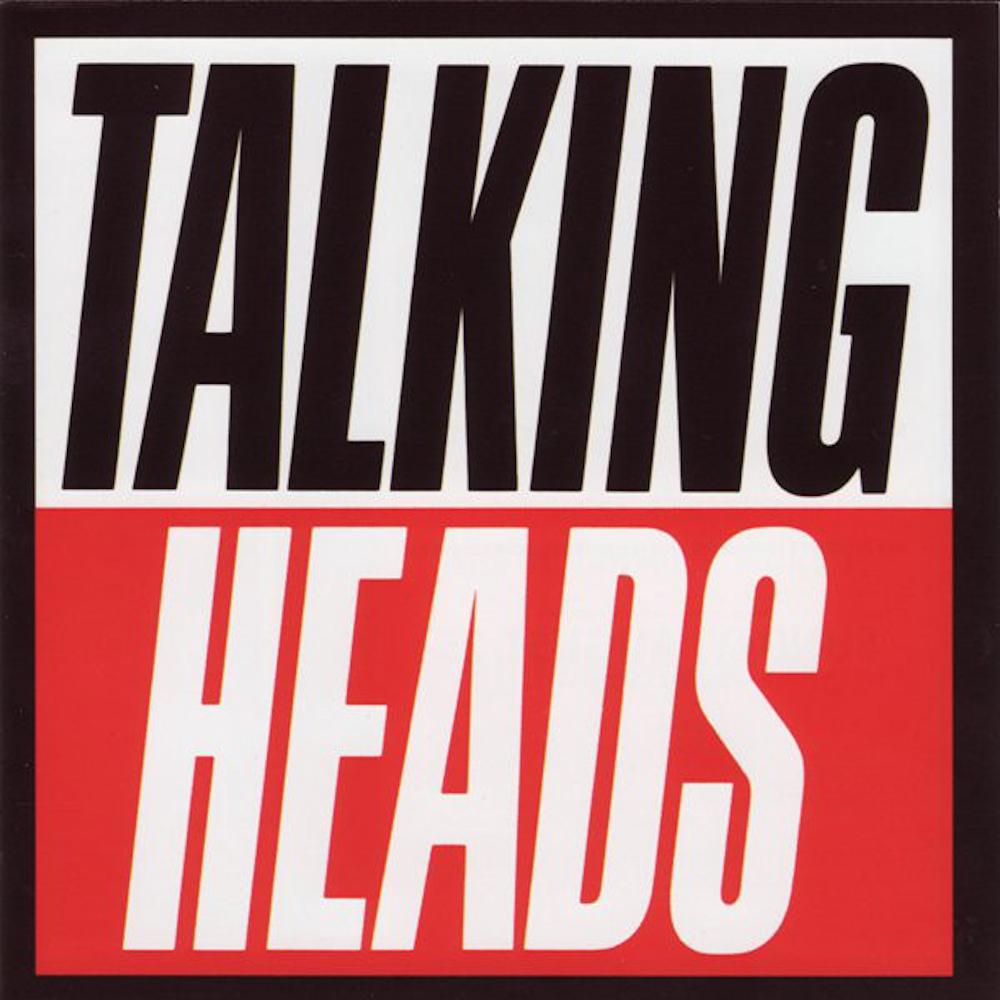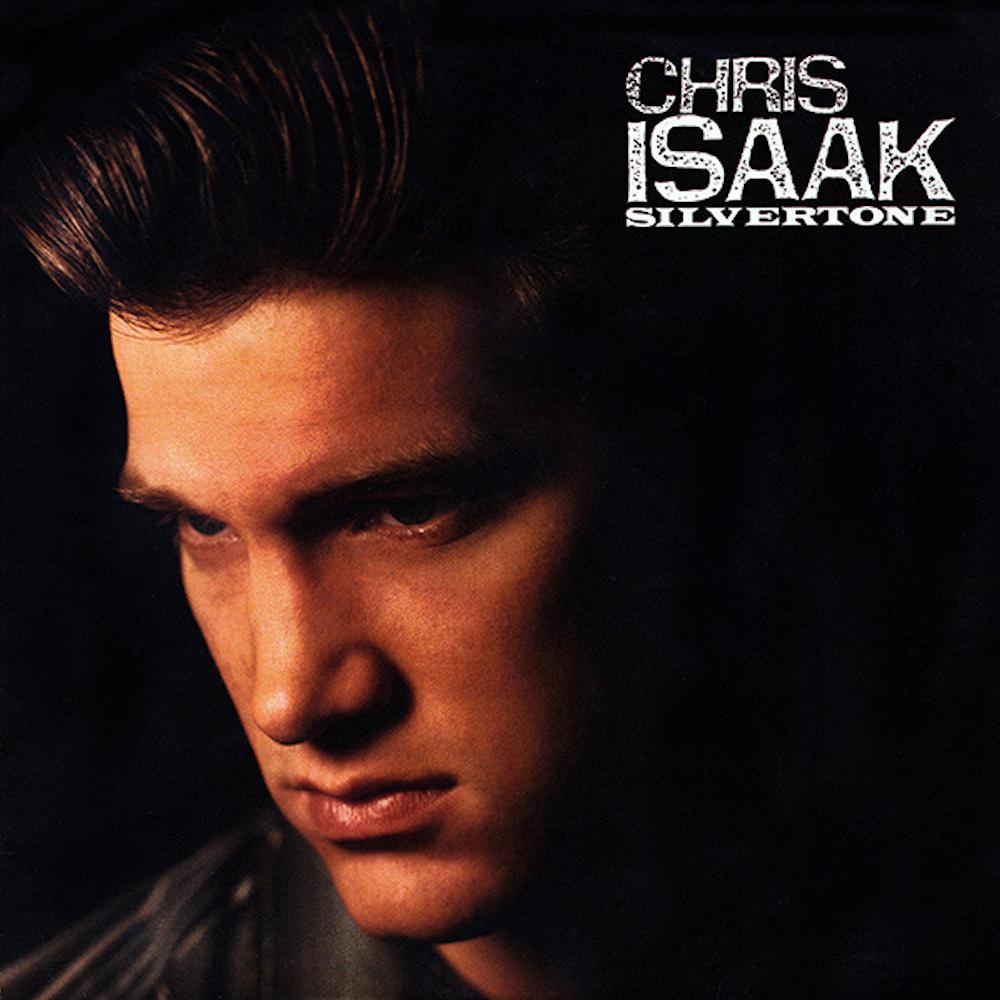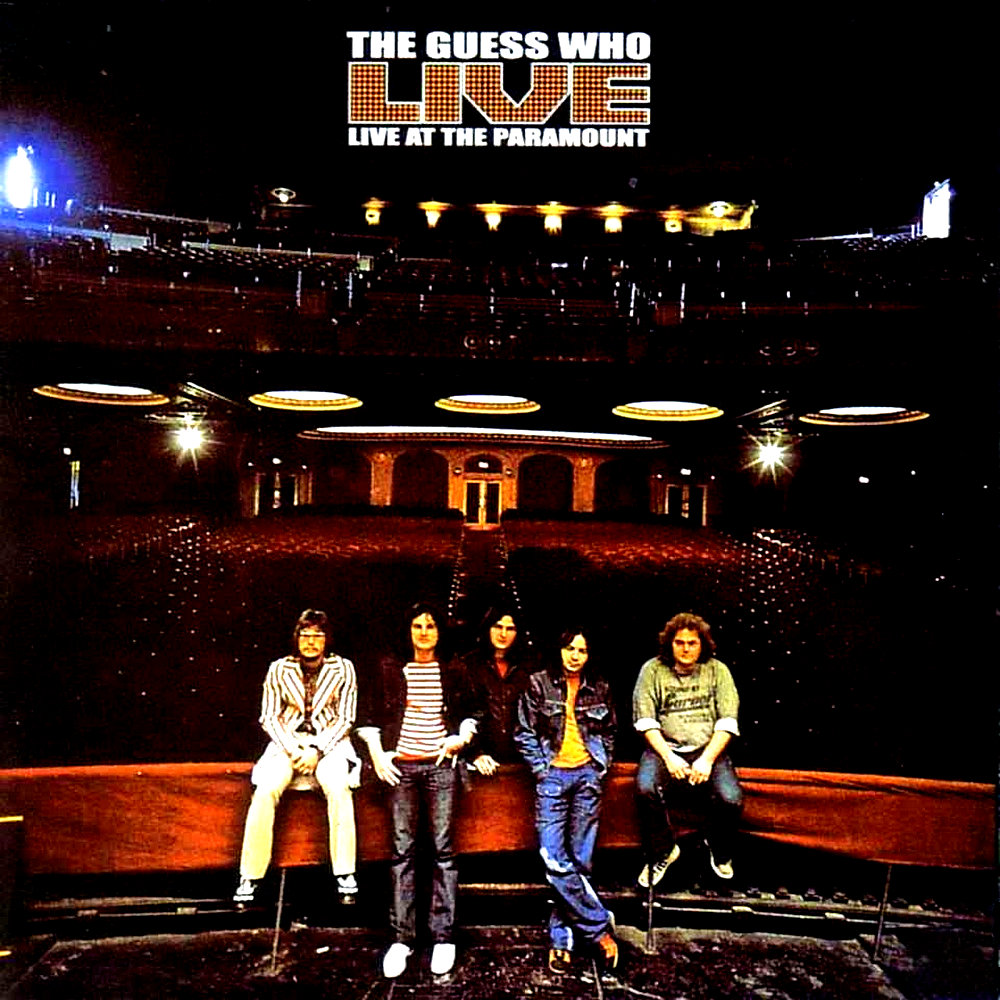
Album Information:
Album ID: 9895
About Talking Heads:
Talking Heads were a post-punk/new wave band that emerged from New York City's downtown scene in the late 1970s. The band consisted of David Byrne (vocals, guitar), Chris Frantz (drums), Tina Weymouth (bass), and Jerry Harrison (keyboards, guitar), and they were known for their innovative use of world music influences, off-kilter rhythms, and Byrne's idiosyncratic lyrics.
The band was formed in 1975 when Byrne, Frantz, and Weymouth met while attending the Rhode Island School of Design. They began performing together as a trio, but soon added Harrison on keyboard to round out their sound. They became a fixture at the legendary CBGB club in New York City, where they developed their angular, minimalist sound and avant-garde stage presence.
In 1977, they released their debut album, Talking Heads: 77, which drew critical praise and helped establish the band as one of the rising stars of the new wave movement. Their next two albums, More Songs About Buildings and Food (1978) and Fear of Music (1979), saw the band expanding their sound and incorporating elements of funk, African rhythms, and electronic music.
Their breakthrough album, 1980's Remain in Light, was produced by Brian Eno and featured a densely layered sound that blended funk grooves, African polyrhythms, and Byrne's stream-of-consciousness lyrics. The album spawned the hit singles 'Once in a Lifetime' and 'Houses in Motion,' and cemented Talking Heads' status as one of the most innovative and influential bands of the 1980s.
The band continued to experiment and push the boundaries of their sound on subsequent albums like Speaking in Tongues (1983) and True Stories (1986), which featured more overtly political lyrics and a looser, more free-spirited sound. In 1988, the band released their final album, Naked, which saw them returning to a more stripped-down, guitar-driven sound.
In the years since their breakup, Talking Heads' influence has continued to be felt in countless bands across genres and styles. David Byrne has gone on to a successful solo career, while Chris Frantz and Tina Weymouth formed the Tom Tom Club and continued to explore their love of world music and funk. Jerry Harrison has worked as a producer and collaborator with a wide range of artists, while also pursuing his own solo projects.
About the album True Stories:
True Stories is the sixth studio album by American rock band Talking Heads, released in 1986. It was created as a soundtrack for the film of the same name, which was directed by frontman David Byrne. The album features a range of American popular music styles, including country, rockabilly, and blues, and combines them with the band's distinctive new wave sound.
The album's opening track, 'Love for Sale,' features a catchy melody and upbeat rhythm, with Byrne's vocals offering a wry commentary on love and relationships. The country-inspired 'Puzzlin' Evidence' incorporates twangy guitar lines and harmonica, while 'Wild Wild Life' blends rockabilly-style rhythms with a sing-along chorus that highlights Byrne's quirky sense of humor.
'Radio Head' is a standout track with its funky bassline and synth-heavy sound, while 'Wilderness' is a more contemplative tune that showcases the band's musicianship. 'People Like Us' is a catchy upbeat song that features a sing-along chorus and a fun, quirky vibe, while 'City of Dreams' is a more meditative piece that reflects on the hopeful aspirations and hard realities of urban life.
Overall, True Stories is a fun, quirky, and distinctive album that combines a wide range of musical styles with Talking Heads' unique sound and sensibility. It is a testament to the band's creativity and range, as well as their ability to continuously evolve their sound and vision.
Members:
Talking Heads was an American rock band formed in New York City in 1975. The band was composed of four key members: David Byrne, Chris Frantz, Tina Weymouth, and Jerry Harrison. Here are brief biographies of each member:
1. David Byrne: David Byrne was the lead vocalist and guitarist for Talking Heads. He was born on May 14, 1952, in Dumbarton, Scotland, but grew up in Maryland, USA. Byrne attended the Rhode Island School of Design before moving to New York City, where he formed Talking Heads. He wrote most of the band's songs and was known for his quirky stage presence and inventive lyrics. In addition to his work with Talking Heads, Byrne has had a successful solo career and has dabbled in film and theater.
2. Chris Frantz: Chris Frantz was the drummer for Talking Heads. He was born on May 8, 1951, in Fort Campbell, Kentucky, USA. Frantz met Byrne in college and later formed Talking Heads with him. Frantz was known for his tight drumming style and his contributions to the band's songwriting. In addition to his work with Talking Heads, Frantz has played in various other bands and has produced albums for other artists.
3. Tina Weymouth: Tina Weymouth played bass and backup vocals for Talking Heads. She was born on November 22, 1950, in Coronado, California, USA. Weymouth met Frantz at the Rhode Island School of Design and later joined Talking Heads with him. Weymouth's steady bass playing was a key component of the band's sound, and she also contributed backing vocals. In addition to her work with Talking Heads, Weymouth has played in other bands and has produced albums for other artists.
4. Jerry Harrison: Jerry Harrison played keyboard, guitar, and backup vocals for Talking Heads. He was born on February 21, 1949, in Milwaukee, Wisconsin, USA. Harrison joined Talking Heads in 1977, after they had already released two albums. He added a new layer of complexity to the band's sound with his keyboard playing and contributed to their songwriting. In addition to his work with Talking Heads, Harrison has played in other bands and has produced albums for other artists.
Track List for True Stories:
Sure, here is a track-by-track breakdown of Talking Heads' album 'True Stories':
1. Love for Sale (4:56) - Starting off the album with a playful, upbeat tone, 'Love for Sale' features David Byrne's distinctive vocals layered over cheerful instrumentation, with lyrics touching on the commodification of romance and the idea of love as a product to be purchased.
2. Puzzlin' Evidence (5:25) - A more experimental track, 'Puzzlin' Evidence' features a driving beat and layers of electronic sounds, with Byrne's vocals at times layered and distorted. The lyrics explore the concept of truth and the ways in which reality can be obscured or manipulated.
3. Hey Now (3:42) - With a bouncy, post-punk energy, 'Hey Now' delivers Byrne's trademark quirky lyricism and charismatic delivery. The song is classic Talking Heads in its catchy, danceable rhythms and clever wordplay.
4. Papa Legba (3:54) - Named after a deity in Haitian Vodou, 'Papa Legba' features a driving rhythm section and swirling keyboards that lend a somewhat mystical atmosphere to the song. The lyrics touch on themes of fate and destiny, with Byrne singing about making offerings and seeking guidance from the elusive Papa Legba.
5. Wild Wild Life (3:40) - One of the most popular tracks on the album, 'Wild Wild Life' is a raucous, celebratory anthem that features soaring harmonies and a bouncy beat. The lyrics convey a sense of abandon and living freely, with Byrne urging listeners to join him in the 'wild wild life.'
6. Radio Head (3:31) - A more subdued track, 'Radio Head' features a simple yet effective melody and lyrics that explore the power of media and how it shapes our perceptions of the world. The song's chorus, 'Radio, radio, radio, radio/We'd watch the shows, we'd watch the stars,' is delivered with a wistful melancholy.
7. Dream Operator (4:38) - One of the album's most awe-inspiring tracks, 'Dream Operator' is a lush, dreamlike ballad that features lush instrumentation and Byrne's singsong vocals. The lyrics explore the power of imagination and the beauty of dreaming, with Byrne's voice taking on a near-angelic quality at times.
8. People Like Us (4:32) - A funky, upbeat track that features brassy horns and a driving beat, 'People Like Us' is classic Talking Heads in its infectious groove and dynamic vocal delivery. The lyrics touch on themes of conformity and societal pressure to fit in.
9. City of Dreams (5:08) - A slow, haunting ballad that showcases Byrne's penchant for evocative, thought-provoking lyrics, 'City of Dreams' transports listeners to a surreal, dreamlike vision of a city that is simultaneously beautiful and sinister. The song's instrumentation is spare, with hushed vocals and a sparse guitar and keyboard arrangement.
10. Wild Wild Life (Extended Mix) (5:40) - The album's closing track, this extended mix of 'Wild Wild Life' features an extended instrumental break and extra verses, allowing the song's infectious energy to continue for a few extra minutes.
Overall, 'True Stories' is a diverse and inventive album that showcases Talking Heads' versatility and creativity as a band. From the playful energy of 'Love for Sale' to the haunting beauty of 'City of Dreams,' the album is a testament to the band's ability to embrace a wide range of styles and themes while always retaining their trademark idiosyncrasy.
Discography for Talking Heads:
Sure, here is a complete discography of Talking Heads in chronological order:
Albums:
1. Talking Heads: 77 (1977)
2. More Songs About Buildings and Food (1978)
3. Fear of Music (1979)
4. Remain in Light (1980)
5. The Name of This Band Is Talking Heads (1982)
6. Speaking in Tongues (1983)
7. Stop Making Sense (1984)
8. Little Creatures (1985)
9. True Stories (1986)
10. Naked (1988)
Singles:
1. 'Love Goes to Building on Fire' / 'New Feeling' (1977)
2. 'Psycho Killer' / 'I Wish You Wouldn't Say That' (1977)
3. 'Take Me to the River' / 'Thank You for Sending Me an Angel' (1978)
4. 'Don't Worry About the Government' / 'Pulled Up' (1979)
5. 'Life During Wartime' / 'I Zimbra' (1979)
6. 'I'm Not in Love' / 'Stay Hungry' (1980)
7. 'Once in a Lifetime' / 'Seen and Not Seen' (1981)
8. 'Houses in Motion' / 'Air' (1981)
9. 'This Must Be the Place (Naive Melody)' / 'Moon Rocks' (1983)
10. 'Burning Down the House' / 'I Get Wild/Wild Gravity' (1983)
11. 'Slippery People' / 'Making Flippy Floppy' (1984)
12. 'Swamp' / 'Moon Rocks' (1984)
13. 'Road to Nowhere' / 'Television Man' (1985)
14. '(Nothing But) Flowers' / 'Ruby Dear' (1988)
15. 'Blind' / 'Ruby Dear' (1988)
Other notable releases:
1. 'Electricity' / 'Drugs' single with Brian Eno (1981)
2. 'Crosseyed and Painless' and 'Listening Wind' contributed to the soundtrack of the film 'Stop Making Sense' (1984)
I hope this helps!


 Last Played: 11/01/24 08:32 AM
Last Played: 11/01/24 08:32 AM Last Played: 11/01/24 08:29 AM
Last Played: 11/01/24 08:29 AM